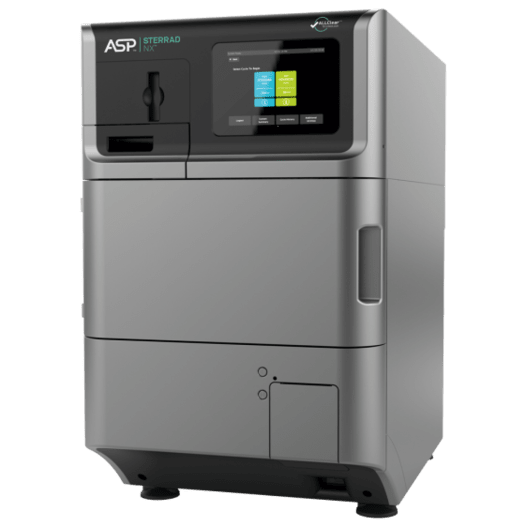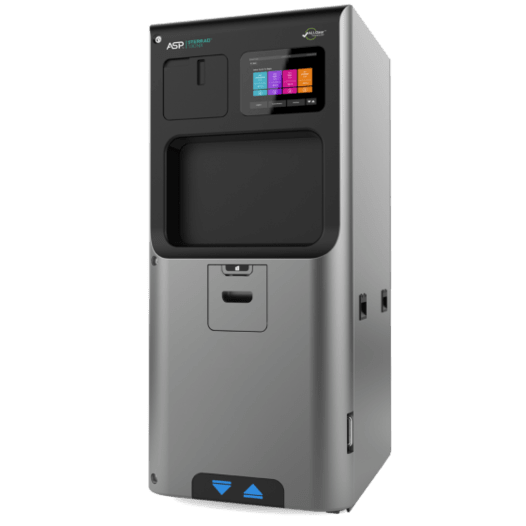Endoscope Reprocessing in the Age of COVID-19
In times of uncertainty, there’s little room for error
In a recent publication in the American Journal of Infection Control, researcher and author Cori L Ofstead, MSPH et al. (2019) examined the “Challenges in achieving effective high-level disinfection in endoscope reprocessing.”
According to Ofstead’s article, concerning evidence exists that endoscope reprocessing may frequently be error-prone, ineffective, and potentially represent danger of contamination exposure to patients. On review of Ofstead’s observations, we’ve dubbed the following factors as hidden points of failure that may contribute to ineffective endoscope reprocessing:1
- Human factors contributing to non-adherence to guidelines, standards, and manufacturer instructions for use (IFU)
- Clinical use of endoscopes with visible damage
- Use of products that may interfere with reprocessing
- Presence of residual soil after manual cleaning
- Rinse-water quality issues
- Retained moisture in fully-reprocessing endoscopes
Examples of improper high-level disinfection (HLD) practices observed by Ofstead's team included use of expired products, improper HLD temperature, inadequate testing for the minimum effective concentration of HLDs, and improper storage of MEC test strips.


